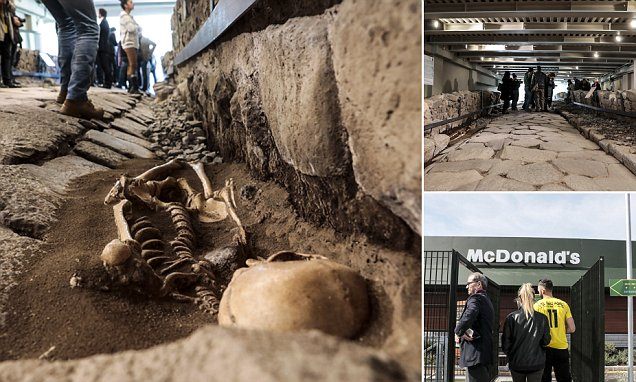Nestled beneath the bustling streets of Bristol lies a hidden marvel of engineering—the Clifton Rocks Railway. Originally designed as an underground funicular railway, this remarkable structure also played a vital role as a World War II air-raid shelter. Join us as we delve into the history of the Clifton Rocks Railway, exploring its construction, operation, and significance in Bristol's wartime history.
The Clifton Rocks Railway: A Feat of Engineering
The Clifton Rocks Railway, carved through the limestone cliffs of Bristol, stretched 500 feet in length and descended to a depth of 230 feet. Its innovative design allowed it to transport passengers smoothly and efficiently between the city's streets and the heights of Clifton. The railway's opening marked a significant milestone in Bristol's transportation history, providing a convenient and scenic route for residents and visitors alike.

From Transportation to Shelter: The Railway's Dual Purpose
During World War II, the Clifton Rocks Railway took on a new role as a vital air-raid shelter for Bristol's residents. Its underground tunnels offered protection from enemy bombs and provided a safe refuge for thousands of people during air raids. The railway's adaptability and resilience in the face of adversity demonstrated its importance beyond its original function, serving as a testament to the ingenuity and resourcefulness of Bristolians during wartime.
The Legacy of the Clifton Rocks Railway
Despite its eventual closure in the mid-20th century, the Clifton Rocks Railway remains a beloved landmark in Bristol's history. Its legacy lives on through the memories of those who rode its carriages and sought shelter within its tunnels during times of conflict. Today, efforts are underway to preserve and commemorate the railway's contribution to Bristol's heritage, ensuring that its story continues to inspire future generations.

Exploring the Archaeological Significance
The Clifton Rocks Railway stands as a tangible reminder of Bristol's industrial past and its resilience in the face of adversity. Through archaeological study and preservation efforts, we gain valuable insights into the engineering techniques and social history of the time. The railway's tunnels and structures provide a window into the past, offering opportunities for research and education that deepen our understanding of Bristol's rich heritage.

In conclusion, the Clifton Rocks Railway represents a remarkable fusion of engineering ingenuity and wartime necessity. From its origins as a funicular railway to its role as a wartime air-raid shelter, this underground marvel has left an indelible mark on Bristol's history. As we reflect on its significance, we are reminded of the enduring impact of infrastructure and the importance of preserving our cultural heritage for future generations. Through archaeology, we continue to uncover the stories of the past, enriching our understanding of the world around us and honoring the legacy of those who came before us.






